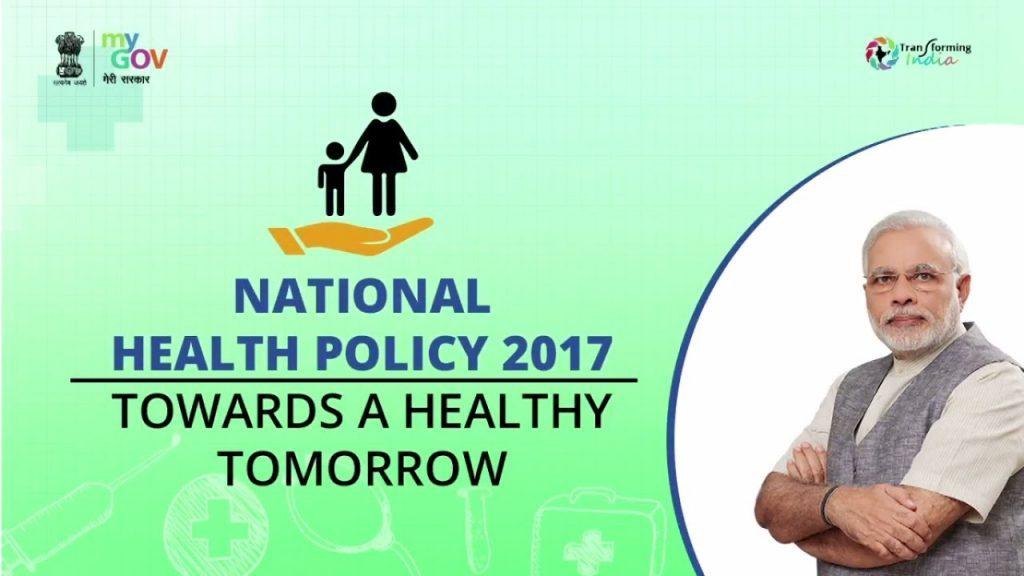The primary aim of the National Health Policy, 2017, is to inform, clarify, strengthen and prioritize the role of the Government in shaping health systems in all its dimensions- investments in health, organization of healthcare services, prevention of diseases and promotion of good health through cross sectoral actions, access to technologies, developing human resources, encouraging medical pluralism, building knowledge base, developing better financial protection strategies, strengthening regulation and health assurance.
NHP 2017 builds on the progress made since the last NHP 2002. The developments have been captured in the document “Backdrop to National Health Policy 2017- Situation Analyses”, Ministry of Health & Family Welfare, Government of India.
The Union Cabinet approved the National Health Policy 2017 which aims to increase public healthcare expenditure to 2.5 percent of GDP with more than two-thirds of those resources going towards primary healthcare.
The policy is expected to reach healthcare to all corners of the country, particularly the underserved and underprivileged.
The last National Health policy was framed in 2002 which evolved from National Health policy of 1983(first policy) based on Bhore Committee Report(1946).
10 Highlights of NHP 2017
- The policy aims to raise public healthcare expenditure to 2.5 percent of GDP from the current 1.4 percent, with more than two-thirds of those resources going towards primary healthcare.
- The policy envisages providing a larger package of assured comprehensive primary healthcare through the ‘Health and Wellness Centers’. It is a comprehensive package which includes care for major non-communicable diseases (NCDs), mental health, geriatric healthcare, palliative care and rehabilitative care services.
- It aims to ensure availability of 2 beds per 1000 population distributed in a manner to enable access within a golden hour.
- In order to provide access and financial protection, it proposes free drugs, free diagnostics and free emergency and essential healthcare services in all public hospitals.
- The policy proposes to increase life expectancy from 67.5 to 70 years by 2025. Establish regular tracking of disability-adjusted life years (DALY) Index as a measure of the burden of disease and its trends by major categories by 2022.
- Reduction of total fertility rate (TFR) to 2.1 at national and sub-national level by 2025.
- Reduce mortality rate of children under 5 years of age to 23 (per 1000) by 2025 and maternal mortality rate (MMR) from current levels to 100 by 2020. Reduce infant mortality rate to 28 by 2019. Reduce neonatal mortality to 16 and stillbirth rate to ‘single digit’ by 2025.
- To improve and strengthen the regulatory environment, the policy seeks putting in place systems for setting standards and ensuring the quality of healthcare.
- The policy also looks at reforms in the existing regulatory systems both for easing manufacturing of drugs and devices to promote Make in India, as also for reforming medical education.
- The policy advocates development of mid-level service providers, nurse practitioners, public health cadre to improve the availability of appropriate health human resource.

